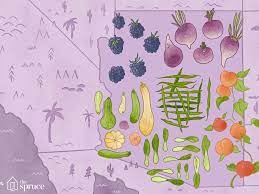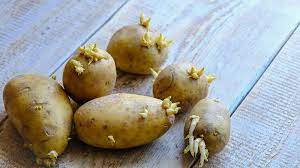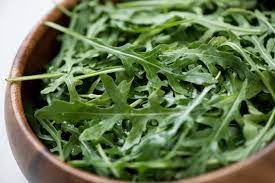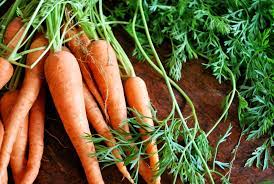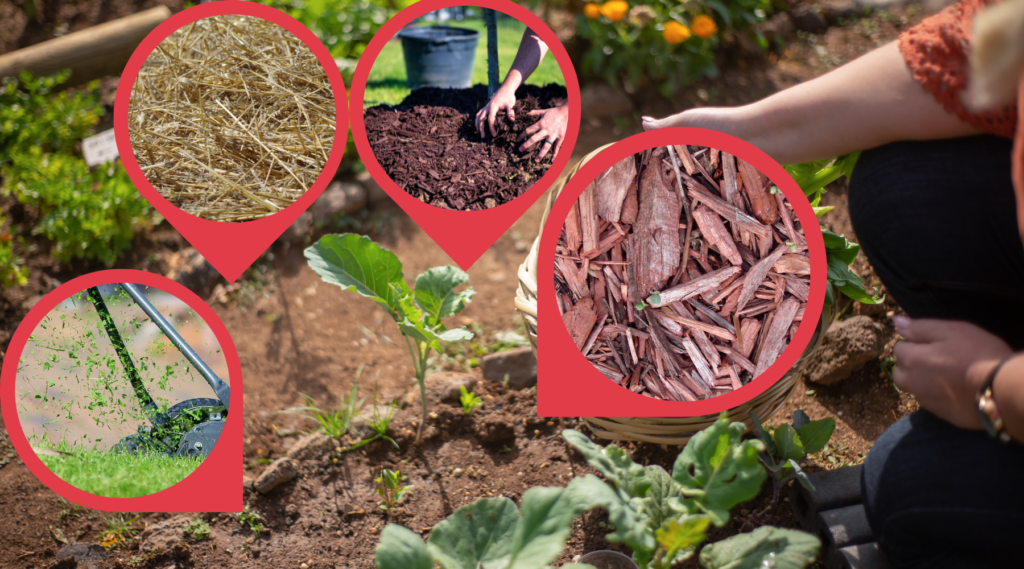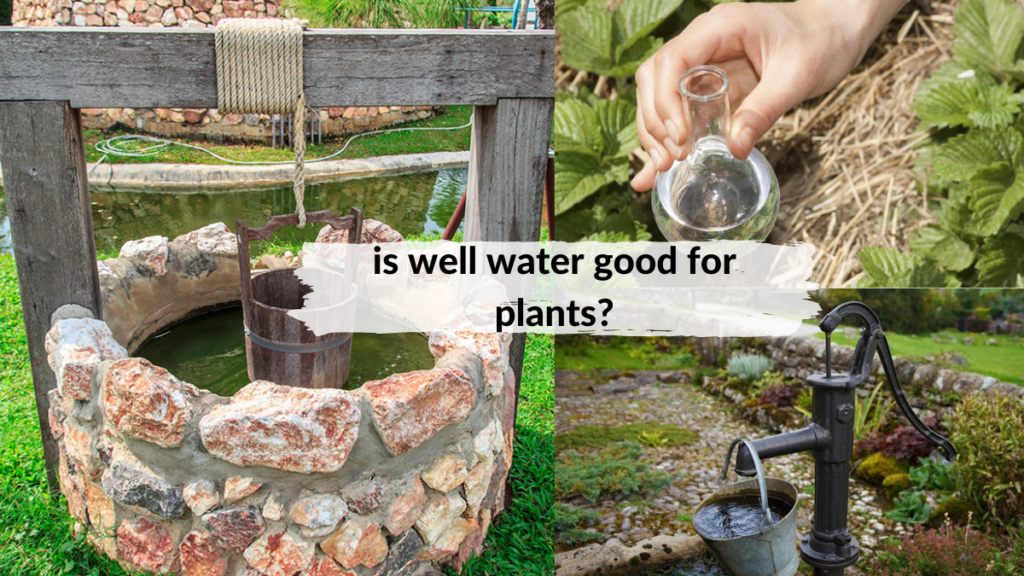A low desert region, Arizona is known for its temperature that oftentimes goes more than 104 °F to 107 °F. This temperature range is considered not ideal when growing vegetables.
However, the hot summer in Arizona should not stop you from creating a vegetable garden. We will provide various vegetables you can plant in your vegetable garden.
what to plant in your Arizonian vegetable garden?
There are many vegetables that you can consider planting in your vegetable garden. To make the most out of your vegetable gardening, we also recommend the use of the raised garden system as it will allow you to grow several vegetables in one location.
Growing vegetables in your own garden will be more rewarding as you get more yields from raised gardens. So, if you have prepared your garden and are ready for planting, the following are plants you should consider growing:
1. tomatoes
Tomatoes thrive well in acidic soil, and they require full sunlight to bear fruit. This fruit-vegetable is among the commonly cultivated plants in sunny regions.
When planting tomatoes, it is highly recommended that you water the garden and put fertilizer regularly. This will keep the soil moist and nourished. Also, put tomato cages around the plant to support the branches while they are growing.
2. eggplant
This is a common flowering plant that is grown as a vegetable. Though it can also grow under partial shade, it still prefers sandy soil and full sun.
3. Malabar spinach
Malabar spinach is another plant that grows well in the sunny region of Arizona and loves full sunlight. However, it may eventually wilt in case the temperature becomes warmer as this plant can endure around 6 hours of direct sunlight. Make sure that the ground stays moist with regular watering.
This plant species looks like regular spinach, but this one can grow well under sunny conditions while the regular spinach wilts when the temperature gets hotter.
4. Armenian cucumber
Armenian cucumbers are great plants in low desert regions such as Arizona. This vegetable can grow in full sun and can be eaten raw in salads and is perfect to be included in drinks as refreshments.
5. asparagus beans
A popular flowering plant, asparagus beans or Asparagus Officinalis is a perennial vegetable that is grown for its young shoots. It also grows well in shaded areas and sandy soil but can still survive hot summer with a maximum of 6 hours of direct sunlight.
6. celery
This one grows best when transplanted. You can start seeds indoors from July to September or plant the transplants outside from September to December.
It will take about 120 to 150 days till your celery plants are ready to harvest. As much as possible, harvest individual stalks instead of cutting the whole base off.
7. basil
If you love herbs, this one is a good addition to your vegetable garden. This grows well during hot summer and at the same time provides shade to other vegetables. Thus, protecting other plants from the direct effects of the sun.
8. potatoes
Known as perennial flowering plants, potatoes are cultivated as vegetables because of their tubers. It is a part of the Solanaceae family and is scientifically known as Solanum tuberosum.
You can plant potatoes in your vegetable garden in Arizona as they do not require too much sun exposure and prefer shady areas for the rest of the day. They yield optimally in these conditions. However, they are still known to grow healthily under the full sun if it receives direct sunlight for about 6 hours.
9. beets
Beets grow best when you plant seeds directly in the garden. It can be transplanted carefully while they are young. You can harvest beets in around 60 to 80 days. It can withstand a little frost.
Make sure that you manage beet thinnings carefully when transplanting them. To ensure that you get a continual harvest, you should plant the seeds every few weeks.
10. okra
Another flowering plant that is also known as Abelmoschus esculentus, okra is grown mainly because of its green seed pods. It thrives well in its native climate which is a warm, tropical, and subtropical climate.
The plant can grow well in sunny areas and will not require more hours under shaded light. This is among the plants that you should include in your list if you are searching for low-maintenance vegetables to grow.
11. peppers
Peppers are considered almost like tomatoes when it comes to soil and temperature requirements. These plants do not grow well in shaded areas because the fruit requires full sunlight to achieve flowering as well as fruit maturation.
You need to keep an eye on peppers as they need regular gardening maintenance like fertilization application, watering, and mulching.
12. corn
A widely cultivated vegetable, corn needs full sun for its flowers and fruits to thrive. It is among the popular vegetables that are planted in Arizona.
13. watermelon
Watermelon thrives well in areas with temperate and tropical climatic conditions. You must water your vegetable garden regularly and apply fertilization to ensure faster growth and more yields.
14. cantaloupe
This can be a good option, but you can also plant this alongside other vine plants or vegetables. It can be cultivated under full sun and has the same requirements as watermelon.
15. pumpkin
Pumpkins are known to grow well in the sun and do not require too much fertilizer and watering. However, a regular supplement of fertilizer and watering is sure to make them grow faster with increased yield.
16. cabbage
You can grow cabbages either starting from sowing seeds or transplanting. When starting with seeds, do it indoors from August to December. You can also sow the seeds outside in the same timeline.
When transplanting outside, move the plant starting in October and it will grow till January. When exposed to severe frost or too much heat, the cabbage head will not form but will bolt or split instead.
17. arugula
This can also grow from seed. You can start by September to January if indoors and August to January if the seeds are sown outdoors. When transplanting, the right time to do this is from October to February.
Prolonged exposure to warm temperatures will cause arugula to become bitter and bolt. You can harvest outer leaves by the cut-and-come-again method to encourage additional harvests. It can withstand a little frost.
18. Swiss chard
Another vegetable that you can grow in low desert Arizona is Swiss chard. This vegetable is ready to harvest within 90 days after planting. When harvesting these vegetables, you just need to cut the outer leaves off using a pair of garden scissors.
This vegetable should be harvested young and tender. When cutting the leaves, make sure that it is about 1 ¼ to 2 inches above the ground.
19. kohlrabi
Though kohlrabi can withstand both cold and hot climates. However, it is advisable that it is harvested small and before high temperatures sets in. Start harvesting the bulbs when they are around 2 inches in width.
20. artichokes
When it comes to artichokes, it will take about 4 to 6 months till they are ready to harvest. Just like other vegetables, consistent moisture must be provided, and enough sunlight must be provided for artichokes to thrive.
When harvested young, the buds can be eaten. This is the time when the buds are opening and starting to develop into flowers. By the end of flowering, they should be cut down to the ground and mulched. They normally come back every year.
21. broccoli
Broccoli can grow either from seed or from transplants. In most varieties, there will be smaller shoots will be formed on the side once you harvest the main head.
The time for harvesting from when the seeds are sown would take 130 days while it will take 90 days to harvest the artichokes from transplants.
22. garlic
You can grow garlic by planting cloves. The soft neck variety is known to thrive well in the low desert of Arizona. You can plant the cloves by October and harvest them in 7 months.
When using the cloves, place them in a brown paper bag and put them in the refrigerator for 6 weeks before you transfer them to your garden. Vernalization will help in ensuring the correct formation of the bulbs.
23. onions
When it comes to onions, you can plant them from seed or through onion transplants. Plant the seeds and then start thinning and replanting seedlings. It is not recommended to use onion sets bought from stores because they are usually dried out and eventually bolt or flower.
24. carrots
When it comes to carrots, it is not recommended to use transplants. Plant seeds and start thinning the carrot seedlings to get good-sized carrots. Try to harvest the carrots before the summer heat comes. Too much heat can turn them bitter.
25. black-eyed peas
This vegetable is also known as cowpeas and grows best when seeds are sown directly in your garden. You should plant this outside from April to August.
26. sweet potato
When growing sweet potatoes in a low desert area like Arizona, you must know that these love a long warm growing season. They are drought resistant and heat tolerant. These vegetables also have a few disease and pest issues. You can grow a sweet potato from slips.
27. radishes
Radishes are known to grow ridiculously fast and there are gorgeous varieties that you will surely love growing in your garden. They are grown under full sunlight to part shade. However, they should not be exposed to the scorching summer sun, so companion plants that can provide them with some shade will help.
28. peas
Peas are popular plants that should be planted in early spring and the cool season of autumn. They are the perfect choice for succession planting.
This means you can seed them at least twice in spring and as they finish producing from your second planting, you can pull the plants out to get more space for new plants. These are great options to plant with kids as they grow fast.
29. green beans
Other vegetables may require a lot of water but that is not the case with green beans. They can grow, flower, and bloom continuously and lets you harvest throughout the year. This means that these are great for unusual dry summers.
30. turnips
With these root crops, it is not advisable to grow them by transplants. They are best grown from seeds. It will take about 120 days till they are ready for harvest. Make sure that you thin the plants once it reaches the height of 4 inches.
tips in improving the quality of vegetables planted and grown in Arizona
Below are some tips you can do to maintain your vegetable garden healthy:
- Choose to plant vegetables known to mature early like eggplant, potatoes, peppers, and corn.
- Make sure that you provide enough shade to your vegetable garden by planting vine plants such as basil and sunflower around the garden.
- Regular watering is necessary.
- Make sure to apply the proper amount of fertilizer regularly.
With these tips, you can make sure that your vegetables will thrive well in the low desert in Arizona.

